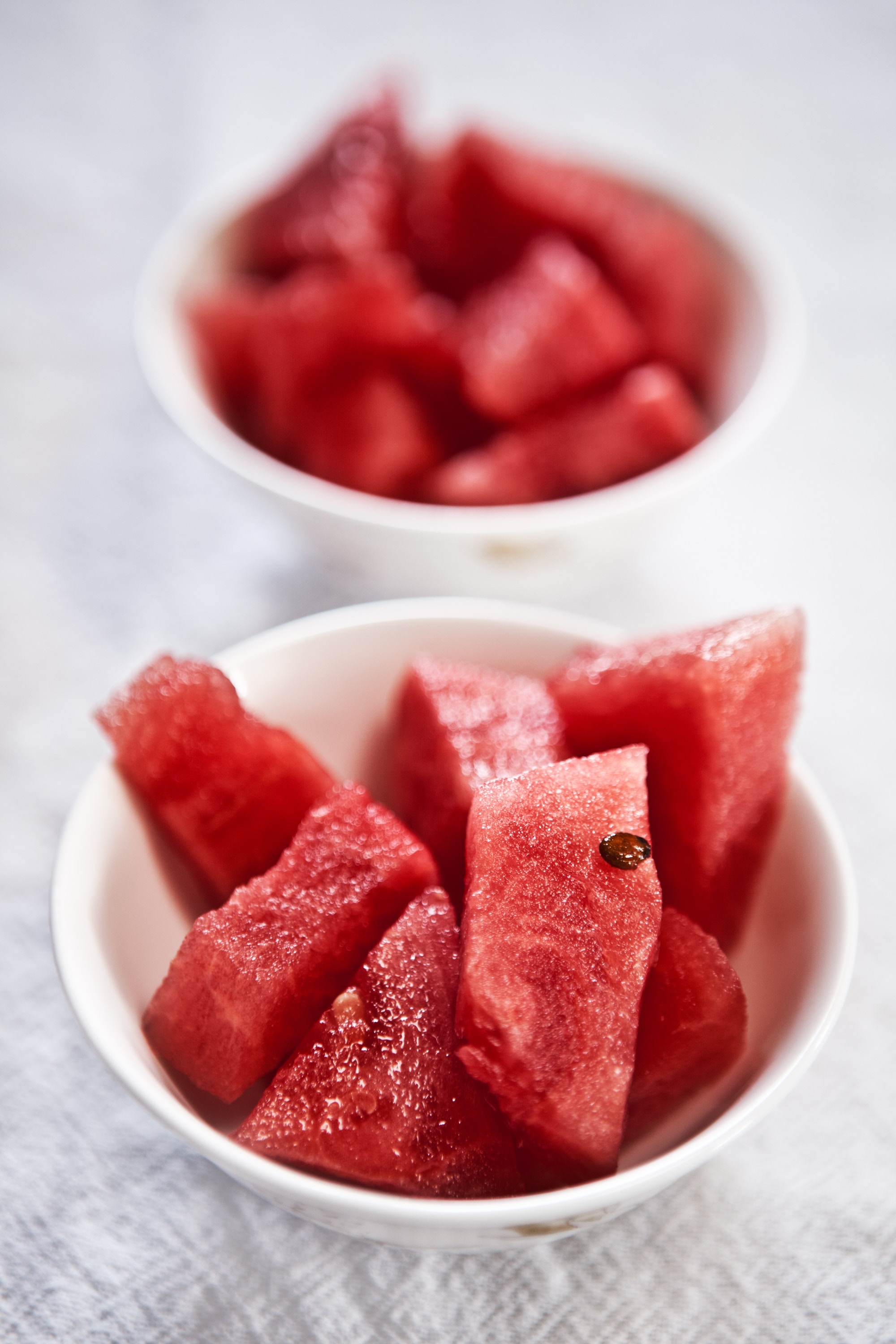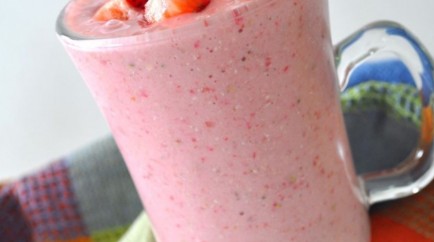Watermelons are a sweet, popular fruit of summer, usually consumed fresh in slices, diced in mixed fruit salads, or as juice. Watermelon juice can be blended with other fruit juices or made into wine. The seeds have a nutty flavor and can be dried and roasted, or ground into flour.
Watermelon rinds may be eaten, but most people avoid eating them due to their unappealing flavor. They are used for making pickles, sometimes eaten as a vegetable, stir-fried or stewed. The Oklahoma State Senate passed a bill in 2007 declaring watermelon as the official state vegetable, with some controversy about whether it is a vegetable or a fruit.
Citrullis lanatus, variety caffer, grows wild in the Kalahari Desert, where it is known as tsamma. The fruits are used by the San people and wild animals for both water and nourishment, allowing survival on a diet of tsamma for six weeks. In Southern Russia, they are sometimes preserved by fermenting them together with sauerkraut, much like the apples.
Watermelon fruit is 91% water, contains 6% sugars, and is low in fat. In a 100 gram serving, watermelon fruit supplies 30 calories and low amounts of essential nutrients. Only vitamin C is present in appreciable content at 10% of the Daily Value. Watermelon pulp contains carotenoids, including lycopene. The amino acid citrulline is produced in watermelon rind.
Photo by Neha Deshmukh on Unsplash




























Comments